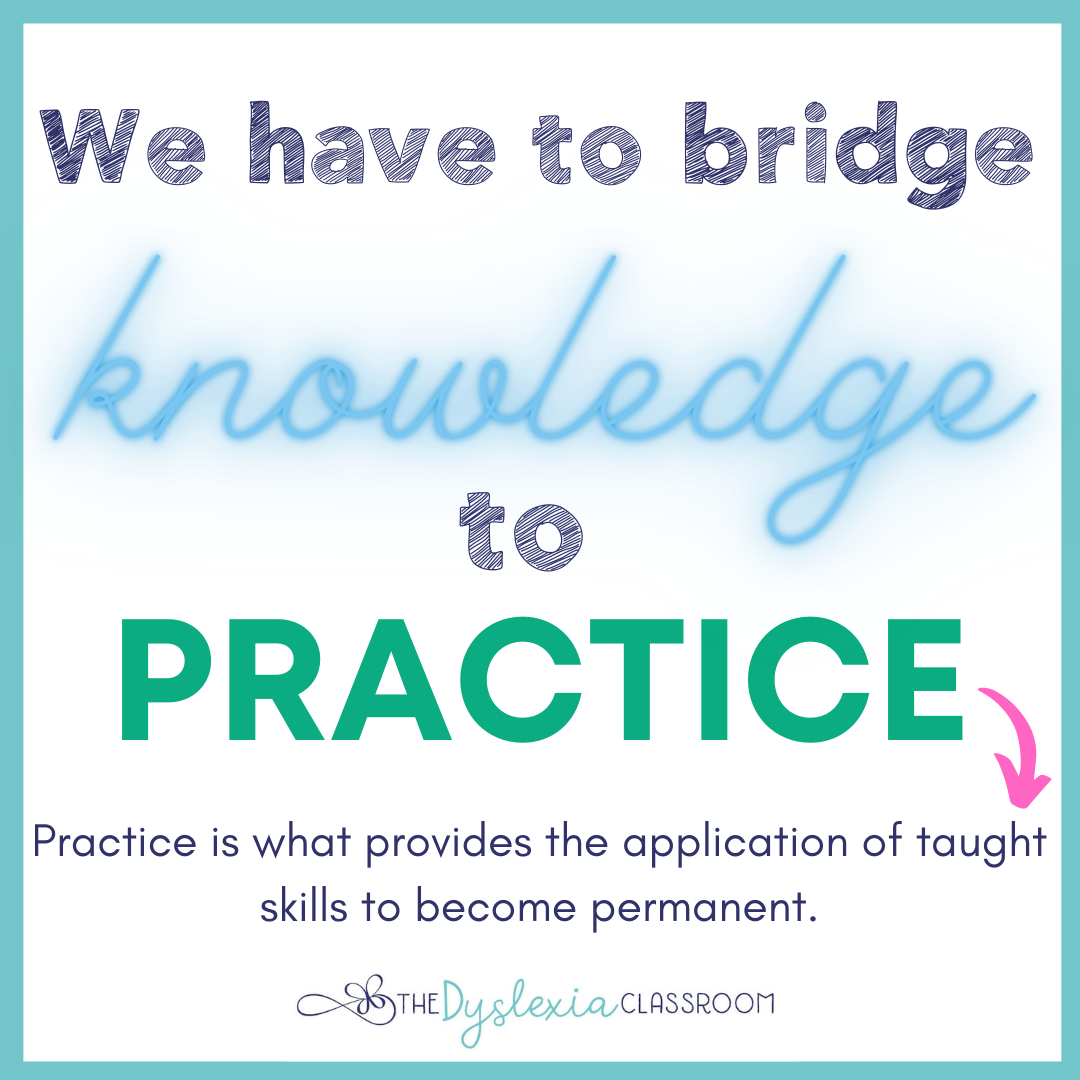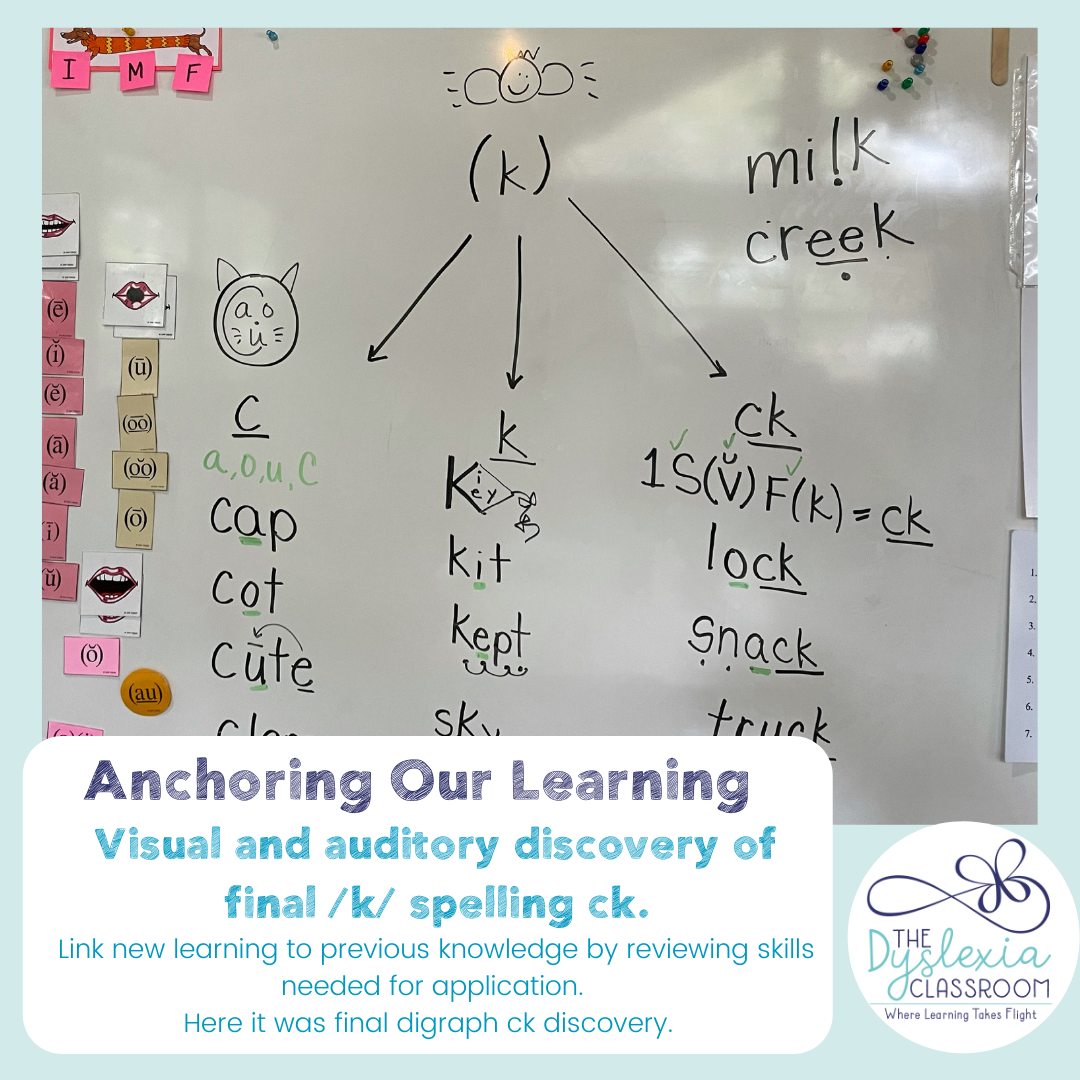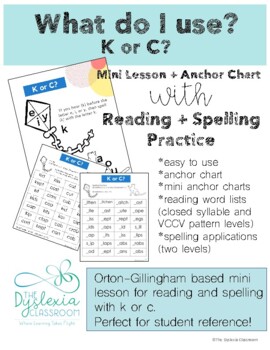How does questioning fit into explicit instruction?
Asking students questions has long been a teaching tool used to assess student knowledge, engage in conversations, and promote comprehension. Research shows that using questions in instruction is more effective than without; however, not all questions are the same. So often, we ask questions at the end of an assignment or lesson to determine student learning outcomes. When asked this way, our primary focus is on comprehension of a lesson or reading assignment, etc., but what if we used questions within our explicit instruction to guide students to learn a new concept?
Can our instruction include a discovery model of a concept while still being explicit instruction?
My answer is yes!
In our Orton-Gillingham approach, we use explicit and thoughtful questions to lead students to discover a concept. We do this in a multisensory way in which students engage in more than one sense at a time (see, hear, feel, move).
"Explicit instruction does not leave anything to chance and does not make assumptions about skills and knowledge that children will acquire on their own." - Dr. Joseph Torgesen
Read more about explicit instruction HERE.
The primary goal of questioning is to have students think critically and participate in discovering a concept and linking the new learning with previously learned concepts.
Tips for Questioning in Orton-Gillingham Lessons
Plan the questions ahead of time
How we design our questions is important. We want to lead students to focus their attention on important elements of a lesson, resulting in better comprehension, rather than questions that focus on unusual or interesting elements. You also want to be mindful of how your questions link new learning to previous learning. In the sample video, there was a constant connection to the previously learned concepts such as syllables, short vowel sounds, the <c> and <k> spellings to all lead to the discovery of digraph ck. The questions were structured to elicit correct responses and pull students' attention to what they already knew as they dove into the language constructs for digraph ck.
Use questions to guide the discovery of the concept
Without proper planning of the questions, students may not discover the concept effectively or efficiently. This is where the art of knowing where you want students to end up and how to adjust or scaffold questioning is needed. You may find that your questions need to have additional supports in place or note areas needed for reteaching or clarifying. This supports the gradual release of the responsibility model in the "we do" portion - noticing and reteaching as needed as you move learning forward. In the video 👆 , if I had students who needed additional support in recalling what a syllable is - I added the scaffold of a quick review with a hand movement. Teaching is a reflective practice, and when we know where we are going and how we are getting there, we are able to reflect on what worked and what is needed to engage and assist all learners.
"How well we teach equals how well they learn." - Anita Archer
Make it Multisensory
Multisensory refers to a teaching method in which we engage at least two senses simultaneously. We use sight, hearing, movement, and touch in multisensory lessons. In the video example, the students looked and listened as they engaged in the questions. We incorporated movement for the syllable review. I would then ask my students to draw a line for digraph ck as we code words for reading and spelling. There are many different ways to bring multisensory instruction into lessons.
Provide Wait Time
Please note that for the purpose of the video, I did not include the appropriate amount of wait time.* When conducting the lesson with students, I provide 3-5 seconds of wait time (or more if needed) for students to respond. Some students may need additional wait time to recall previously learned information, especially if working memory and retrieval issues are part of their learning profile. In that case, knowing when and where to scaffold and how to cue previous knowledge is helpful. Things like hand movements, keywords, anchor/reference charts, chants, etc., are all strategies that can assist students in retrieving information.

Link to Previous Learning
Part of the discovery questioning strategy with students with dyslexia is to connect new learning to previous learning. New learning is constructed on prior knowledge and understanding. When we engage what students already know, we set them up to create connections and avoid misunderstandings. This assists in creating linkages, or connections, for students in a way that begins to build knowledge across the different regions of the brain. Students need ample opportunities to bridge knowledge to practice, and helping them connect their learning assists in this. You could see throughout the video how new learning was linked to previous knowledge through explicit questioning that led you to discover the spelling generalization for digraph ck.
Depending on the scaffolds needed, I may conduct a discovery lesson in which we learn more of the final /k/ spellings, or I may just make one discovery.

This photo shows how I led a group to the final /k/ spelling <ck> generalization. It isn't a polished social media picture, but it is real.
This is learning.
This is answering inquiries about the final spelling of /k/ to meet the students where they are.
This is connecting sounds to letters.
This is a group of students having an ah-ha moment.
This is learning.

This information is the intellectual property of @2016 The Dyslexia Classroom. Do not use or repurpose without expressed permission from The Dyslexia Classroom. Please give The Dyslexia Classroom an attribution if you use, reference, or quote/paraphrase copyrighted materials. This includes but is not limited to blogs, social media, and resources.
Would you like a deeper dive into lesson design or spelling generalizations? Let me know! Message me HERE.
If you want to learn how to teach this way, and become a Certified Academic Language Therapist, join us at one of our free information webinars. Click HERE to choose your date and time.
Here's a resource that you may find helpful. Click the image to read more about it.




